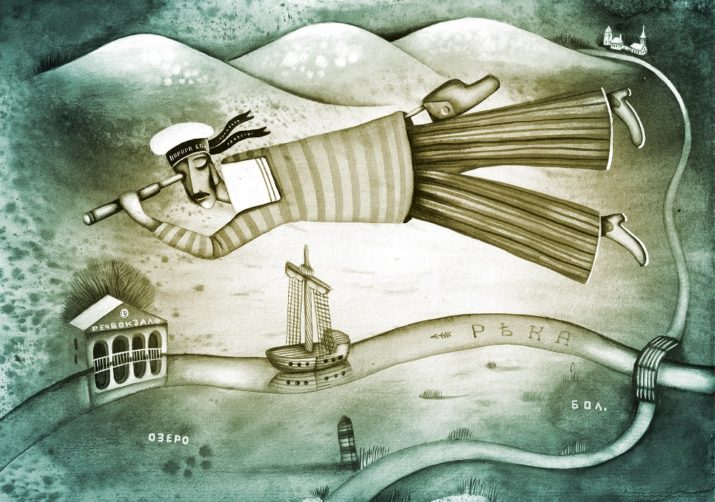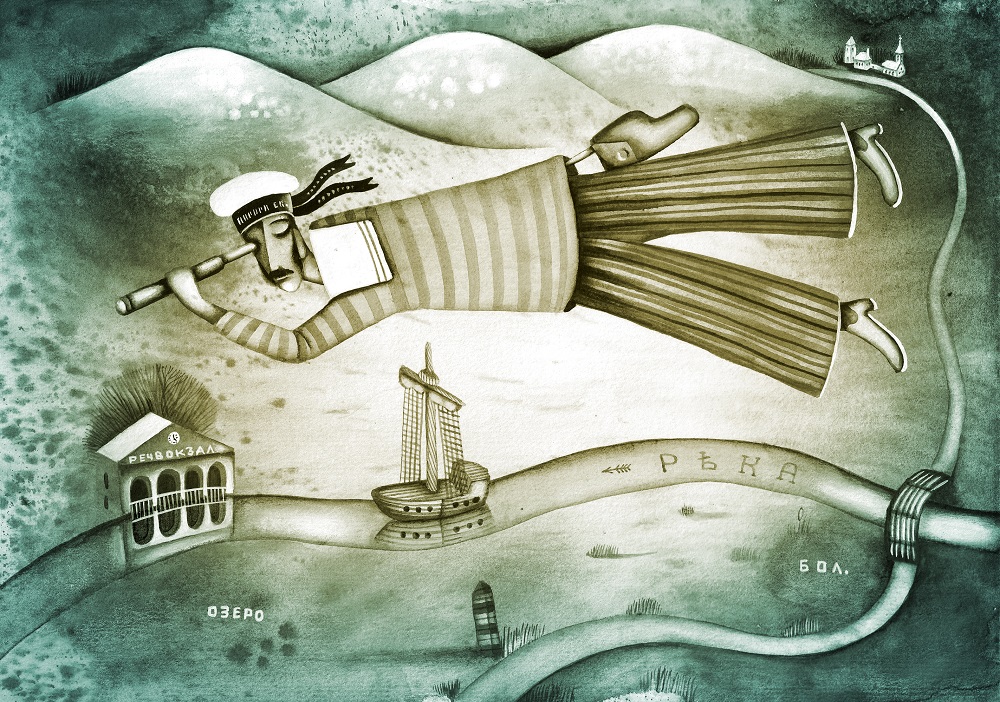

An introduction to our feature Tourism: People, Places & Mobilities.
In Europe, from the time of religious pilgrimages or journeys to spa towns for thermal treatments, all sorts of people have undertaken recreational travel since at least the Middle-Ages, even if motivations differed. But, it is with the industrial revolution that tourism took on a new face with the practice of the tour. Later, the emergence of paid leave in many places gave the impetus for the first mass tourists. And today, in the age of online reservations, cheaper and rapid transportation, Airbnb, and virtual travel, tourism has undergone yet another metamorphosis, making tourism studies a field of countless inquiries.
There are indeed many facets of tourism and many ways to go about considering its system of processes and practices. Its implications are wide-ranging, whether environmental, psychological, economic, social, cultural, or political. Many disciplines can contribute to a better understanding of, among other things, the production of tourist sites, their consumption, the motivations and experiences of travelers, and the reception context and effects on the host communities. Tourism sites do not just happen. “Destinations” are often produced as a result of deliberate actions by local place entrepreneurs and managers, national or regional policy and planning, and by residents of those places themselves who engage in place making and place representation activities. The ways in which places are transformed or in which character is highlighted (by or for tourism) reflect the influence that this form of mobility can have on places when chosen as local development strategy. Moreover, visitors’ motivations and practices before, during, and after travel, also constitute sources of investigation for tourism scholars. Do we know when we are tourists? Do we know when the tourism experience starts and when it ends? One way to define tourism is to consider it as a rupture from the everyday through movement away from the usual. This movement is temporary, as people will return “home,” and it is driven by the intentionality of recreation. However, as the contributions in this special feature reveal, the multiplicity and often overlapping motivations for travel, as well as the variety of touristic contexts, render this definition difficult to apply in all cases.
In the interview we conducted with tourism expert Alan Lew, he highlights how complex the question of merely defining “the tourist” is. Indeed, tourists can also be “incidental,” for example, in the case of soldiers stationed in Lviv, as John Lindner shows. Alan Lew sees two sides of tourism, the management aspect and the social science aspect. The first is well-illustrated in Alicja Bobek’s and James Wickham’s article on the casualizationm of employment in the Irish hospitality sector. Meanwhile, the socio-cultural processes behind the production of tourism sites are highlighted in Rudy Hartmann’s discussion of “dark tourism,” and the ways in which places with a dark past, such as concentration camps, manage to stage themselves to tell their difficult history. In Hélène Ducros’ own piece, she describes how a model of tourism development through heritage preservation has spread from local to global in order to preserve but also transform rural spaces. The production of places for visitors is further evoked in two book reviews, one by Leslie Sklair on the processes behind the construction of the iconic Pompidou Center in Paris, which for its 40th anniversary in February of this year opened its door to 85,000 visitors in just two days, and another review by Nicholas Clark addressing the Festival of Britain and how music can act as a recreative space for audiences while also building national identity.
In his interview, Tim Edensor is as much concerned with the production of touristic sites through lightscape design and the constant negotiation between light, dark, and illumination, as he is about touristic experiences and the ways in which absence of light can enhance sensations while defamiliarizing places. On the destination experience and management side of tourism, island specialist Godfrey Baldacchino’s examination of different island tourism contexts reveals the great disparities that exist across European regions. His work is even more meaningful in light of Stephen Royle’s book review on islandscapes as an important component of European collective identity. In her field research report, Lauren Wagner further complicates the analysis of touristic motivations and identity as she follows European-Moroccan diasporic tourists on their annual journey from Europe to Morocco, also testing the conceptualization of tourism as “destination” producing as her case study focuses on the in-betweeness of the road. The political implications of tourism are not to be ignored, as Bethany Hicks demonstrates in her book review about the ways in which transnational youth travels led to further integration in post-war Europe through the development of networks of relationships shaping identities around the European project. Moreover, not only can tourists be “ambassadors,” but they may also be entangled in geopolitical processes as actors. While fictional, the excerpt of the novel Collision by Merle Kroger reminds us that tourism does not take place in a vacuum and that places of recreation, entertainment, and frivolity can coincide with places of great suffering, thus interrogating the ethical responsibilities tourism carries towards people and places.
Poetry
– Four Poems by Christopher Blackman
– Five Poems by Michael Juliani
Fiction
– Collision by Merle Kröger, translated from the German by Rachel Hildebrandt and Alexandra Roesch
Nonfiction
– “My Father’s Eye” by Theophilus Kwek and Daniel Kwek
– “A Fact of Survival” by Mina Hamedi
Research
– “A Transnational Place-based Label for the’Glocal Village’” by Hélène B. Ducros
– “Europe and Island Tourism” by Godfrey Baldacchino
– “Moroccan Roads that Start in Europe: ‘insha’allah’ Timespaces of Summer Holidays” by Lauren Wagner
– “Places with a Disconcerting Past: Issues and Trends in Holocaust Tourism” by Rudi Hartmann
Commentary
– “What Germany Can Teach America About History” by Morten Høi Jensen
– “Lviv in Wartime” by John Lindner
Reviews
– Backpack Ambassadors: How Youth Travel Integrated Europe, reviewed by Bethany Hicks
– Centre Pompidou Renzo Piano, Richard Rogers, and the Making of a Modern Monument, reviewed by Leslie Sklair
– Island Landscapes: An Expression of European Culture, reviewed by Stephen Royle
– Tonic to the Nation: Making English Music in the Festival of Britain, reviewed by Nicholas Clark
Interviews
– “Encountering Light and Dark in Tourism: An Interview with Tim Edensor” by Hélène B. Ducros
Visual Art
– Paradise Inn by Marinos Tsagkarakis
Campus
– “Tourism, Place Making and Mobility: An Interview with Alan A. Lew” by Hélène B. Ducros
Hélène B. Ducros is the Chair of the Research Editorial Committee at EuropeNow.
Katrine Øgaard Jensen is the Editor of EuropeNow and Programs Manager at the Council for European Studies (CES).
Photo: The great geographical travel. Allegory, Eugene Ivanov | Shutterstock
Published on September 6, 2017.




